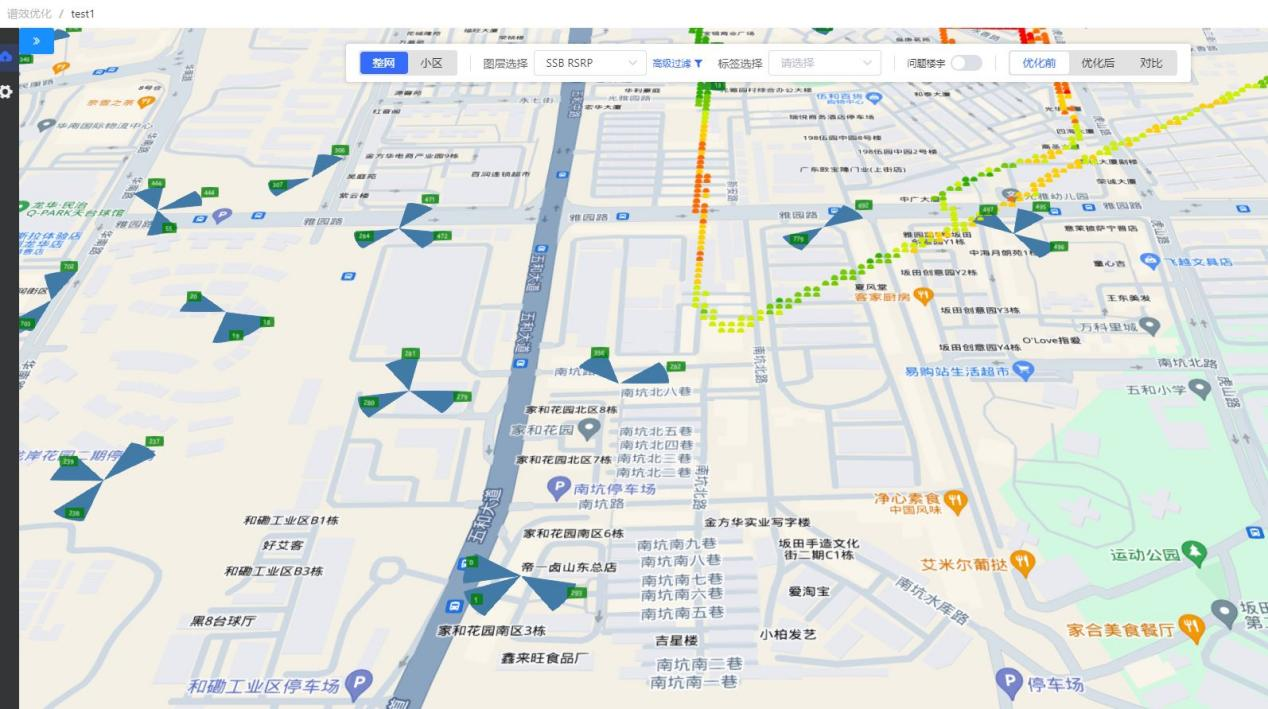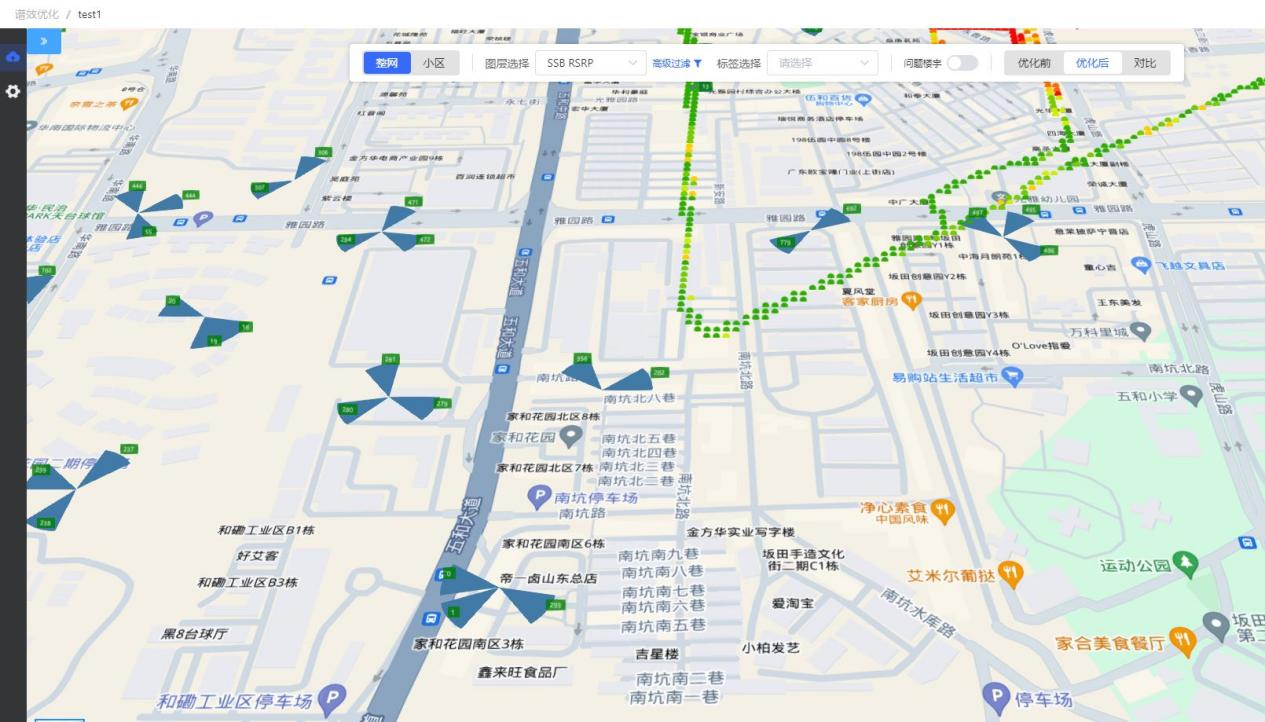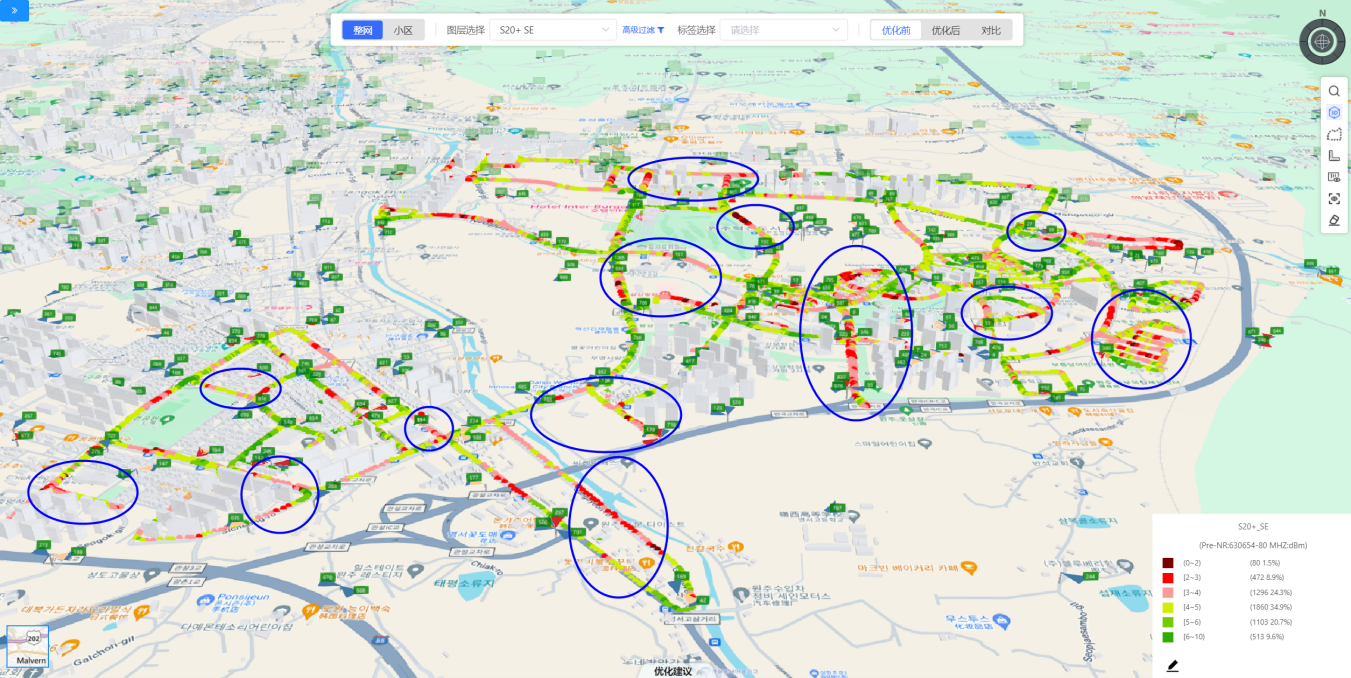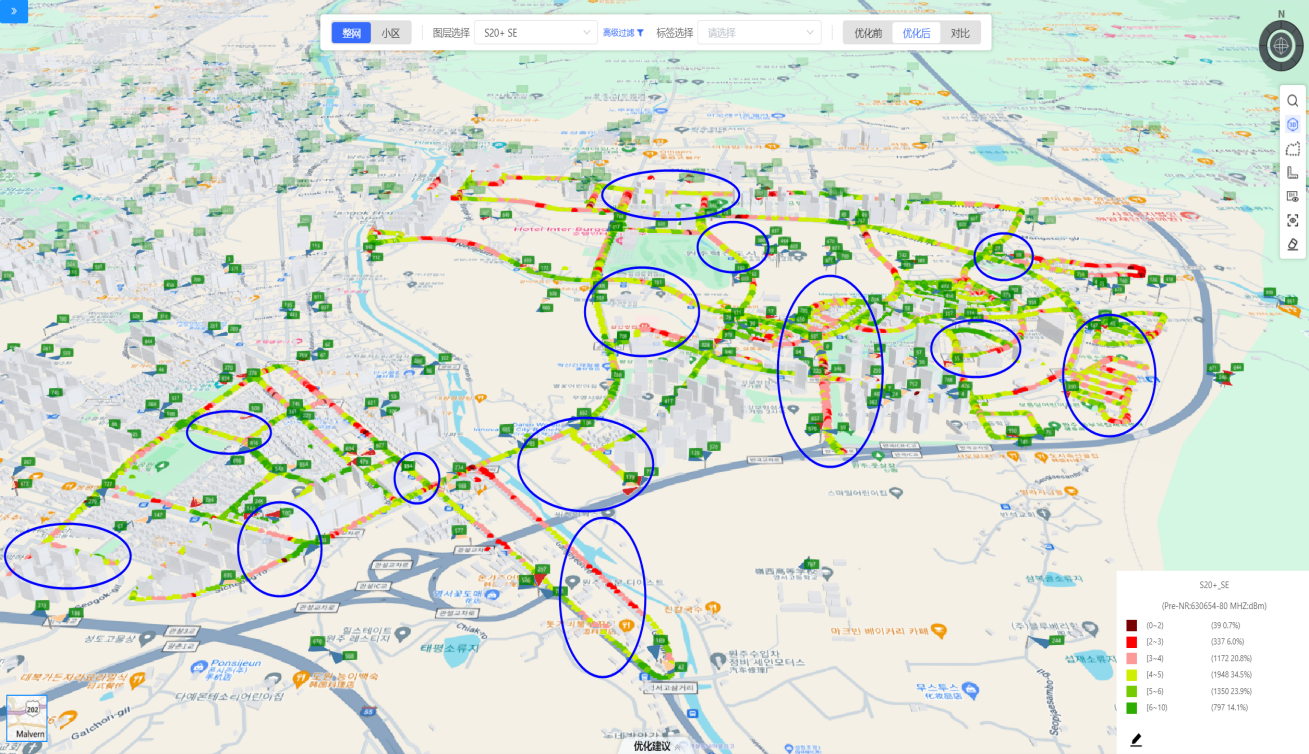Project & Service
SRCON
Product Introduction
To optimize networks in complex scenarios such as 5G/5.5G and the future 6G, Academician Luo Zhiquan and his team at the research institute have creatively employed mathematical models and optimization algorithms to develop a technical route for parameter optimization in complex networks like 5G/5.5G/6G. This technical route has two main features:
One feature is the data- and model-driven gray-box modeling technology called SRCON. This SRCON is based on realistic network simulation modeling and can predict corresponding network performance through any combination of parameters. It includes dozens of mathematical sub-models and has been defined as a foundational technology at the network level by Huawei GTS.
The second technical point is the development of an ADMM-based algorithm framework. This framework is distributed and utilizes a zero-order stochastic coordinate descent optimization method. It includes multiple mathematical algorithm submodules, primarily characterized by breaking down a large-scale non-smooth, non-convex, and non-stationary optimization problem into several relatively independent subproblems for parallel solving, thereby finding the optimal parameter combination to optimize the network.
Application Scenarios
The SRCON platform can optimize networks, build digital models, and accumulate digital assets. Traditional network optimization relies on extensive manpower and repetitive testing, while the SRCON platform integrates statistical mechanisms into neural networks. It establishes a large-scale simulation model of realistic networks that includes modules for multipath channels, user distribution, base station responses, and more, providing a foundational mathematical model for network experience optimization. By combining modern mathematical optimization techniques, it achieves optimal control of network systems, ensuring continued leadership in the network despite pressures on physical products.
The SRCON technology framework and its phased achievements have repeatedly aided Huawei in achieving significant victories in the 5G field, leading in the European P3 assessment. This includes ranking first in 5G overall scores in Spain (VDE), Germany (Deutsche Telekom), and the Netherlands (TMNI), as well as Sunrise in Switzerland achieving first place in 5G despite disadvantages in spectrum and site count, and receiving the 2020 GLOTEL Best 5G Project Delivery Award.
The latest evaluation results released by Umlaut in October 2023 show that 5G in South Korea provides an exceptional experience for users: the average download speed for the top 10% of users can reach 1174 to 1411 Mbps (with variations among different operators), while the average speed for all users ranges from 774 to 1007 Mbps, achieving an 8 to 10 times generational experience improvement for 5G users compared to 4G. The LG U+ 5G network stands out as the best, outperforming the other two South Korean operators and continuously achieving the highest speeds globally. The report indicates that LG U+ leads comprehensively in both downlink and uplink speeds: for instance, the average downlink speed for LG U+ is 1007 Mbps, which is 16% higher than KT's 868 Mbps and 30% better than SKT's 774 Mbps.
Shenzhen Optimization Testing:
Before Optimization: After Optimization:


Other Area:
Before Optimization: After Optimization:


Partener
Huawei




